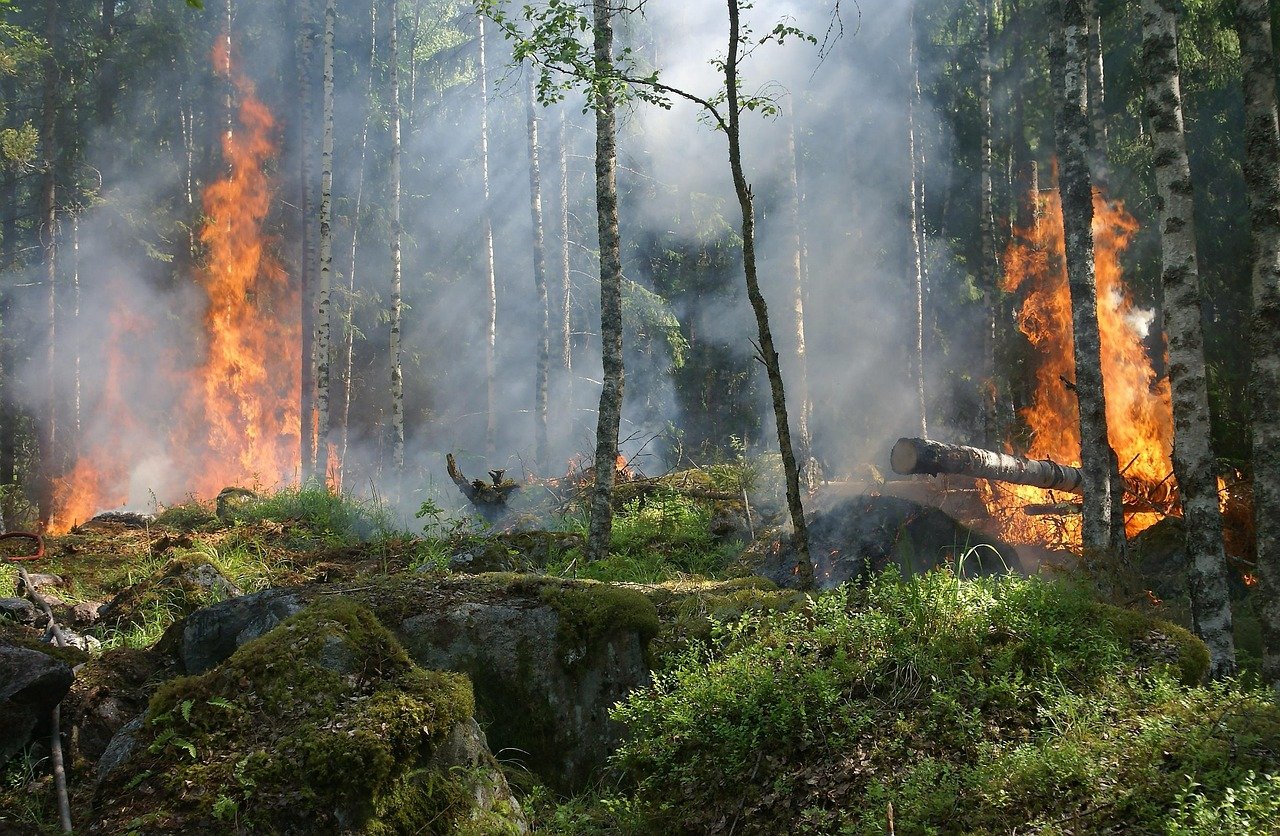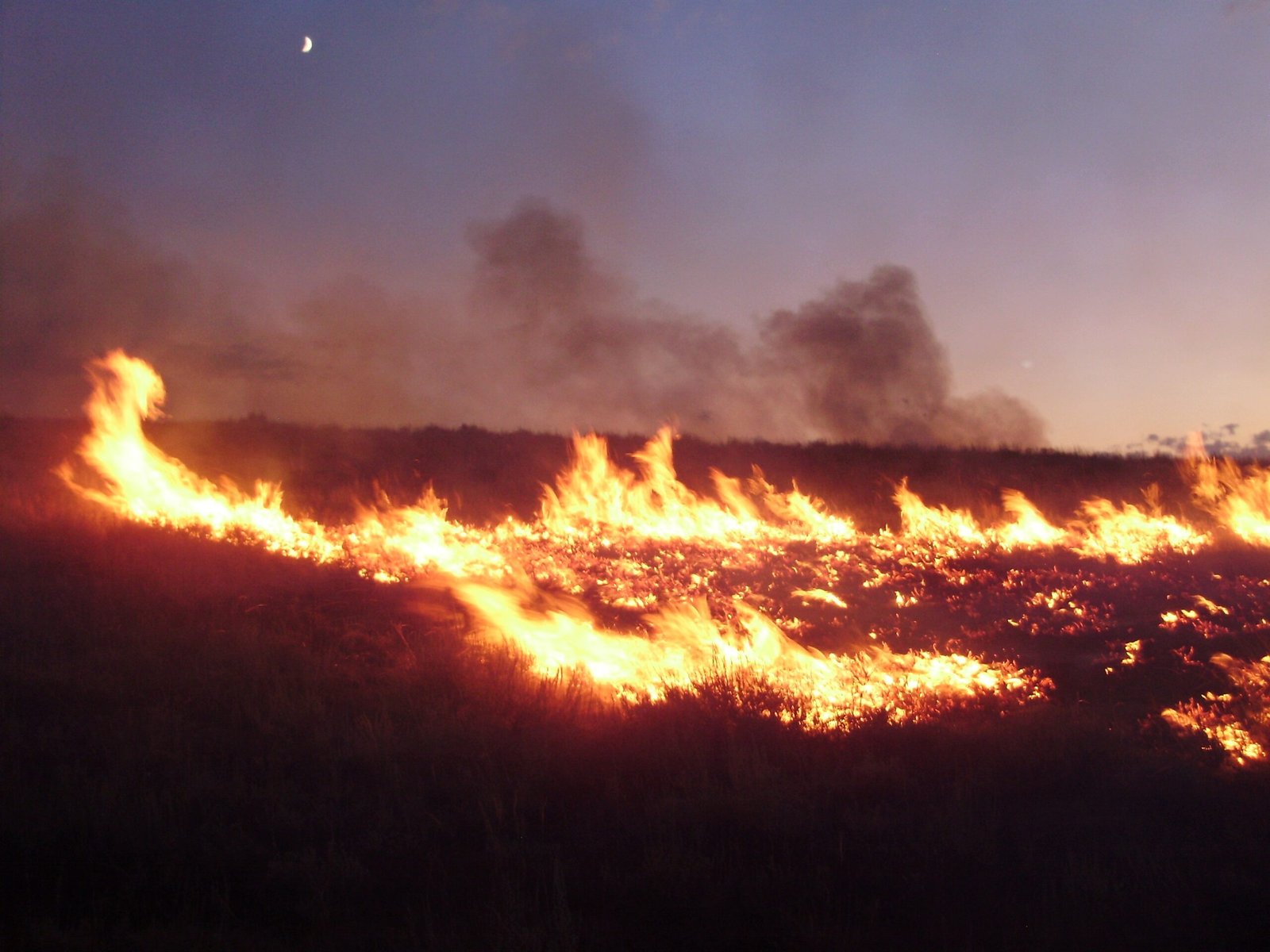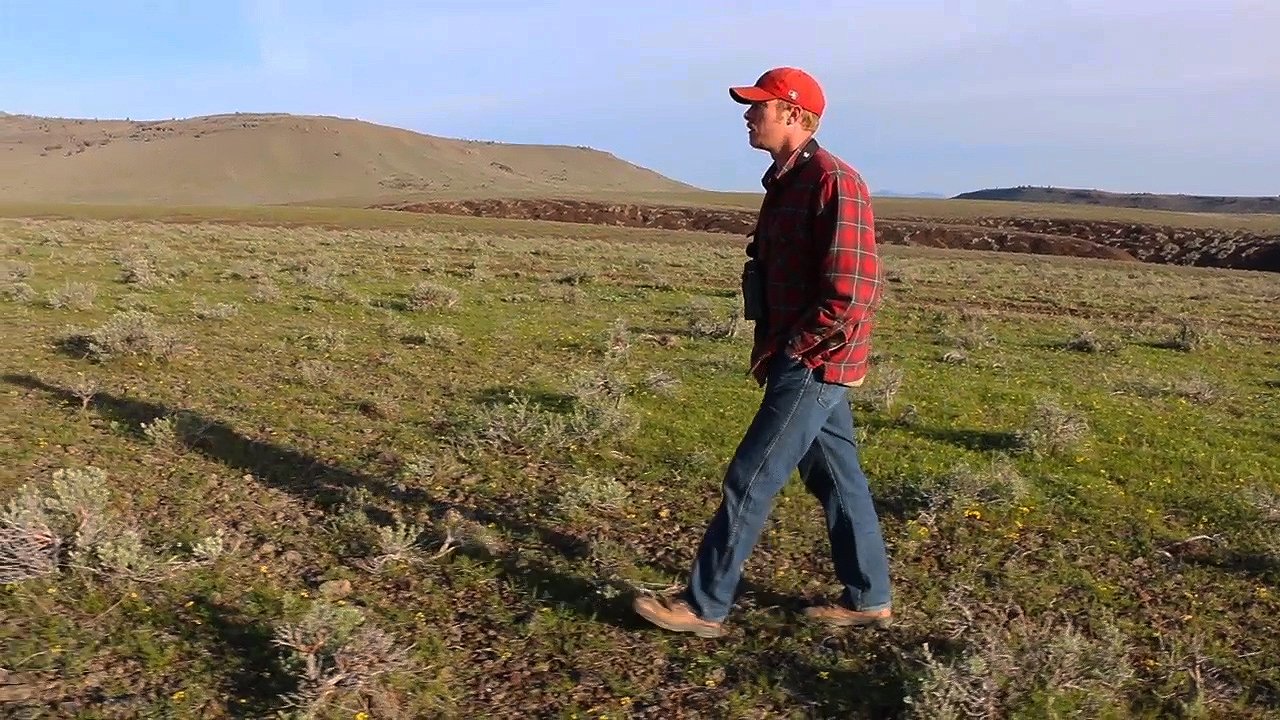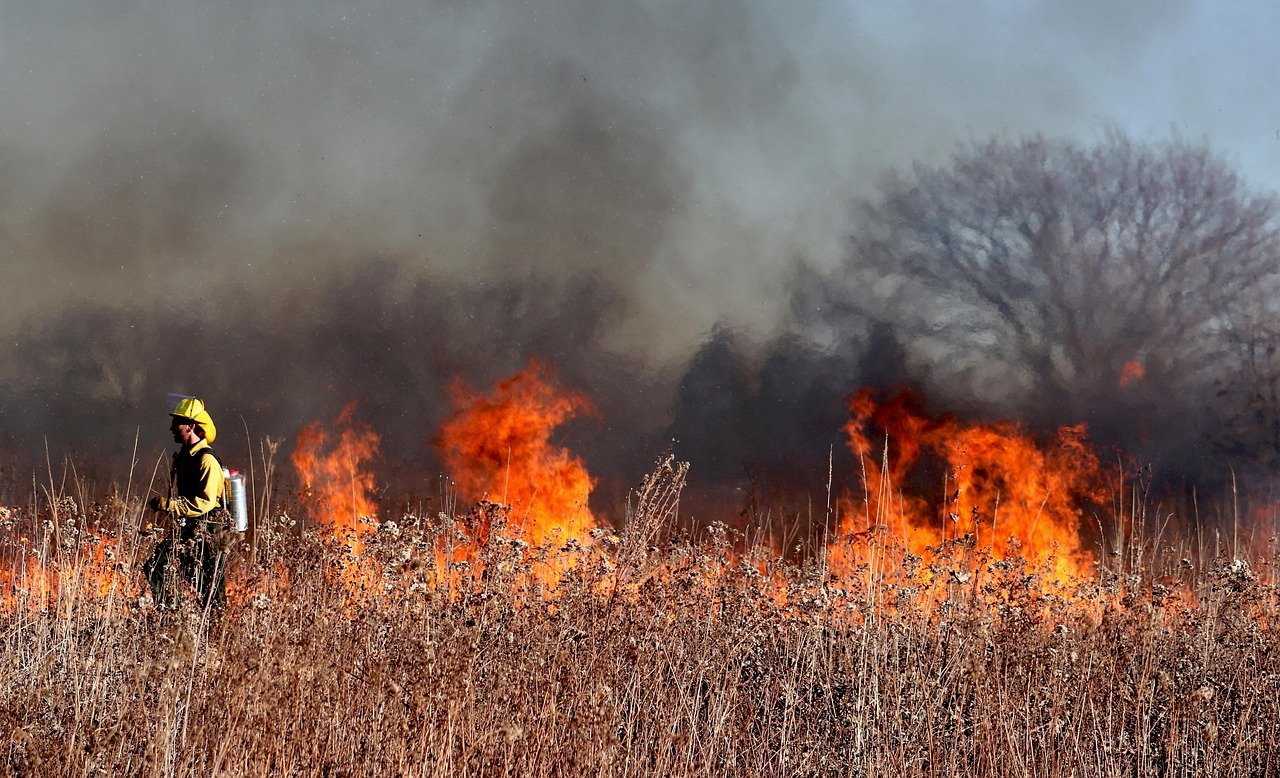The intricate dance between fire, forests, and biodiversity paints a picture of nature’s resilience and vulnerability. As land management practices evolve, the delicate balance between these elements shifts, with profound implications. Forests, often viewed as Earth’s lungs, host a myriad of life forms, each playing a role in the ecosystem. However, fire—both a natural and human-induced phenomenon—has the power to reshape these landscapes. Understanding the dynamics of fire, forests, and biodiversity is pivotal as we navigate the challenges of a changing environment. This article delves into the complex interplay of these factors, unraveling the effects of changing land management on our natural world.
The Role of Fire in Forest Ecosystems

Fire, often perceived as a destructive force, plays a crucial role in forest ecosystems. It acts as a natural catalyst for regeneration, clearing out dead material and making way for new growth. Many plant species have adapted to fire, with some even relying on it for reproduction. For instance, the serotinous cones of certain pine species only release seeds in response to the intense heat of a fire. This cyclical process ensures the renewal of the ecosystem, maintaining biodiversity and ecological balance. However, the frequency and intensity of fires have been altered by human activities, leading to unforeseen consequences. As land management practices change, understanding the role of fire becomes essential to preserving the health and diversity of forests.
Human Influence on Fire Regimes

Human activities have significantly influenced fire regimes, altering their natural patterns. Agricultural expansion, urban development, and fire suppression efforts have disrupted the natural cycle of fire. In some regions, suppression of fires has led to an accumulation of combustible material, making future fires more intense and difficult to control. Conversely, in other areas, intentional burning for land clearing has increased fire frequency, disrupting local ecosystems. These changes can have cascading effects on biodiversity, as species adapted to specific fire regimes face new challenges. Understanding the human impact on fire regimes is crucial for developing sustainable land management strategies that balance human needs with ecological integrity.
The Impact of Fire on Biodiversity

Fire can both threaten and enhance biodiversity, depending on its frequency, intensity, and timing. While some species thrive in fire-prone environments, others may be pushed to the brink of extinction. High-intensity fires can destroy habitats, leading to a loss of species and genetic diversity. However, moderate fires can create a mosaic of different habitats, promoting a rich tapestry of life. For example, the patchy landscape created by fire can provide niches for various species, enhancing overall biodiversity. The challenge lies in managing fire in a way that maximizes its ecological benefits while minimizing its destructive potential.
Land Management Practices: A Double-Edged Sword

Changing land management practices have a profound impact on the interplay between fire, forests, and biodiversity. While some practices aim to reduce fire risk and protect human communities, they can inadvertently harm ecosystems. For instance, extensive logging and land conversion can alter fire regimes, making forests more susceptible to severe fires. On the other hand, sustainable practices, such as controlled burns and habitat restoration, can enhance ecosystem resilience. The key is to adopt land management strategies that consider the ecological role of fire, fostering a harmonious relationship between human activities and natural processes.
Success Stories: Integrating Traditional Knowledge
Incorporating traditional ecological knowledge into land management can offer valuable insights into sustainable practices. Indigenous communities have long understood the role of fire in maintaining healthy ecosystems. Practices such as cultural burning, which involve controlled, low-intensity fires, have been used to manage landscapes for generations. These practices not only reduce the risk of catastrophic fires but also promote biodiversity by creating diverse habitats. By integrating traditional knowledge with modern science, we can develop land management strategies that honor cultural heritage while enhancing ecological resilience.
Challenges in Implementing Sustainable Land Management

Despite the potential benefits, implementing sustainable land management practices faces several challenges. Conflicting interests, limited resources, and policy constraints can hinder efforts to balance fire management with biodiversity conservation. Additionally, climate change exacerbates these challenges by altering weather patterns and increasing the frequency of extreme events. Overcoming these obstacles requires collaboration among stakeholders, including governments, communities, and scientists. By working together, we can develop adaptive strategies that address the complex interactions between fire, forests, and biodiversity.
The Role of Climate Change in Altering Fire Dynamics
Climate change is reshaping fire dynamics, with far-reaching implications for forests and biodiversity. Rising temperatures, prolonged droughts, and increased frequency of extreme weather events create conditions conducive to more frequent and intense fires. These changes can disrupt natural fire regimes, challenging species that rely on specific fire patterns for survival. As climate change accelerates, understanding its impact on fire dynamics becomes crucial for developing effective land management strategies. By addressing the root causes of climate change, we can mitigate its effects on fire-prone ecosystems and safeguard biodiversity.
Innovative Approaches to Fire Management

Innovative approaches to fire management are emerging as we seek to balance ecological and human needs. Techniques such as prescribed burning, fuel reduction, and landscape-scale planning offer promising solutions. Prescribed burns, conducted under controlled conditions, can reduce fuel loads and mimic natural fire cycles, promoting ecosystem health. Fuel reduction strategies, such as thinning and mechanical removal, can also help mitigate fire risk. By adopting a landscape-scale approach, land managers can consider the broader ecological context, ensuring that fire management aligns with conservation goals.
Community Involvement in Land Management

Engaging communities in land management is essential for achieving sustainable outcomes. Local communities often possess valuable knowledge about their environments and are directly affected by land management decisions. Involving them in planning and implementation can enhance the effectiveness of fire management strategies. Community-based initiatives, such as fire brigades and education programs, empower individuals to take an active role in protecting their landscapes. By fostering a sense of stewardship, we can build resilient communities that are better equipped to adapt to changing fire dynamics.
The Path Forward: Balancing Fire, Forests, and Biodiversity
As we navigate the complexities of fire, forests, and biodiversity, a balanced approach is key. Sustainable land management requires integrating ecological knowledge, traditional practices, and innovative solutions. By recognizing the role of fire as both a threat and a tool, we can develop strategies that enhance ecosystem resilience and conserve biodiversity. The path forward involves collaboration, adaptation, and a commitment to preserving the natural world for future generations. By striking this balance, we can ensure a harmonious coexistence between humans and the ecosystems that sustain us.

Linnea is a born and bred Swede but spends as much time as possible in Cape Town, South Africa. This is mainly due to Cape Town’s extraordinary scenery, wildlife, and atmosphere (in other words, because Cape Town is heaven on earth.) That being said, Sweden’s majestic forests forever hold a special place in her heart. Linnea spends as much time as she can close to the ocean collecting sea shells or in the park admiring puppies.




